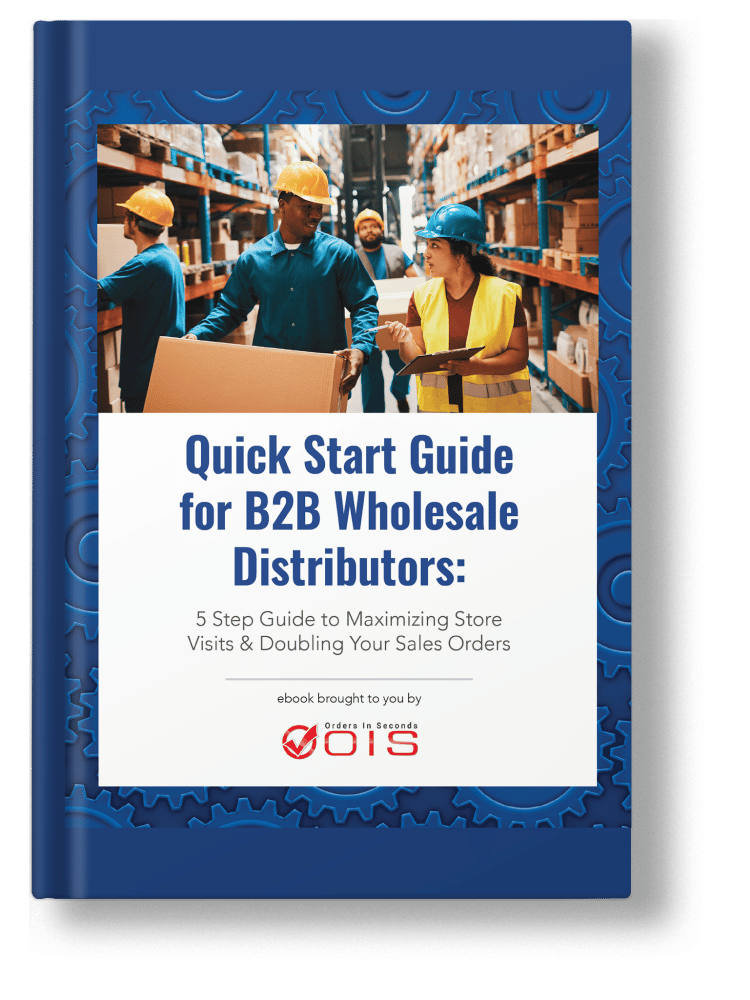Creating an effective sales compensation plan is crucial for any B2B business looking to motivate and reward their sales team while aligning their efforts with the company’s goals. A well-designed compensation plan can not only attract top talent but also drive performance, boost morale, and ultimately contribute to the organization’s success. However, developing a comprehensive sales compensation plan requires careful consideration and strategic decision-making.
In this guide, we will outline nine essential steps to help you create a sales compensation plan that aligns with your business objectives, ensures fairness, and maximizes sales team productivity.

Providing Context for Sales Compensation Plans
A sales compensation plan refers to a structured system put in place by organizations to reward and incentivize their sales team based on their performance and contribution to the company’s sales goals. It outlines how sales representatives will be compensated for their efforts and achievements.
There are numerous types of plans that organizations can implement to suit their specific needs and goals. The choice of the most appropriate sales compensation plan depends on various factors. To explore the different types of sales compensation plans in more depth, we recommend checking out our comprehensive blog post dedicated to this topic.

9 Steps to Create a Sales Compensation Plan
1. Set Goals for Your Sales Compensation Plan
Setting goals is the first step in developing a sales compensation plan strategy; laying out your business objectives is an important part of any strategy. For example, you should consider:
- Do you want to expand your market? Or would you rather concentrate on a few key accounts?
- Is it more important to cut costs at this time? Or do you need to create a more collaborative environment for your B2B sales reps?
2. Choose a Type of Sale Compensation Plan
Now that you’ve established your objectives, it’s time to decide which compensation plan to implement at your distribution company. Again, you can refer to this article to choose the one that fits best your company and goals. While deciding which plan is best for your company, consider the following questions:
- What is my overall budget?
- How many sales reps do I have?
- What types of compensation plans do my competitors use?
- What will my sales reps expect out of the plan implemented?
3. Consider Roles and Responsibilities
Next, consider the members of your team and the roles they are assigned. Sales managers and sales reps, for example, have distinct jobs and responsibilities. It doesn’t make sense to compensate them in the same way.
As a result, you must choose different pay structures for each role. That way, your employees will be fairly compensated for their efforts.

4. Find Out About Average Sales Commission Rates by Industry
Sales commission rates can vary significantly across industries, influenced by factors such as product type, market demand, and sales cycles. Examining average sales commission rates by industry can provide valuable insights into industry-specific compensation norms. For example, industries such as real estate, automotive, and pharmaceuticals may have higher commission rates compared to industries with lower-value products or longer sales cycles.
5. Use Sales Force Automation
After determining your plan’s sales goals and considering your team members’ roles and responsibilities, you can select a mobile sales app or route sales software to aid in the action of compensating your salespeople. The sales force automation software enables you to keep track of your sales reps’ performance and goals achieved, allowing you to see how many deals they closed, orders placed, invoiced, credits, and payments received. Using a mobile app to facilitate and track KPIs will streamline your business and keep your sales team on track to meet their sales goals effortlessly.
6. Understand Sales Quota: A Key Performance Indicator in Sales Management
Sales quotas are not merely numeric targets; they are vital key performance indicators (KPIs) in sales management. Tracking and evaluating sales quota achievement provides valuable insights into individual and team performance, product success, and market dynamics.

7. Set Quotas and Compensation Expectations
It’s now time to set quotas for individual sales reps and/or your entire team and establish the best times to pay sales compensation. This will allow you to set compensation expectations with your salespeople so that everyone knows what is expected of them and how they will be compensated.
8. Use a Sales Commission App
Managing sales commissions and ensuring accurate calculations can be a complex task. A sales commission app can simplify this process by automating commission tracking, calculations, and reporting. These apps often integrate with existing CRM systems, allowing sales managers and representatives to track their progress, view earnings, and monitor performance in real-time.
9. Extra Tip: Consider a Sales Compensation Planner
A sales compensation planner helps organizations navigate the complexities of designing and implementing compensation programs. These professionals possess expertise in sales performance analysis, incentive design, benchmarking, and regulatory compliance.
In Conclusion
By investing the time and effort into creating a comprehensive sales compensation plan, you can foster a culture of high performance, attract top talent, and achieve sustainable growth. Regularly evaluate and fine-tune your plan based on performance data and feedback from your sales team. A dynamic and adaptive approach to compensation will enable you to stay competitive in the market and continuously motivate your sales representatives to reach their full potential.
For more information on how OIS can help you keep track of KPIs and sales goals, empowering you to set or adjust your compensation plan with our DSD software for presales and DSD sales teams, schedule a free demo today!





